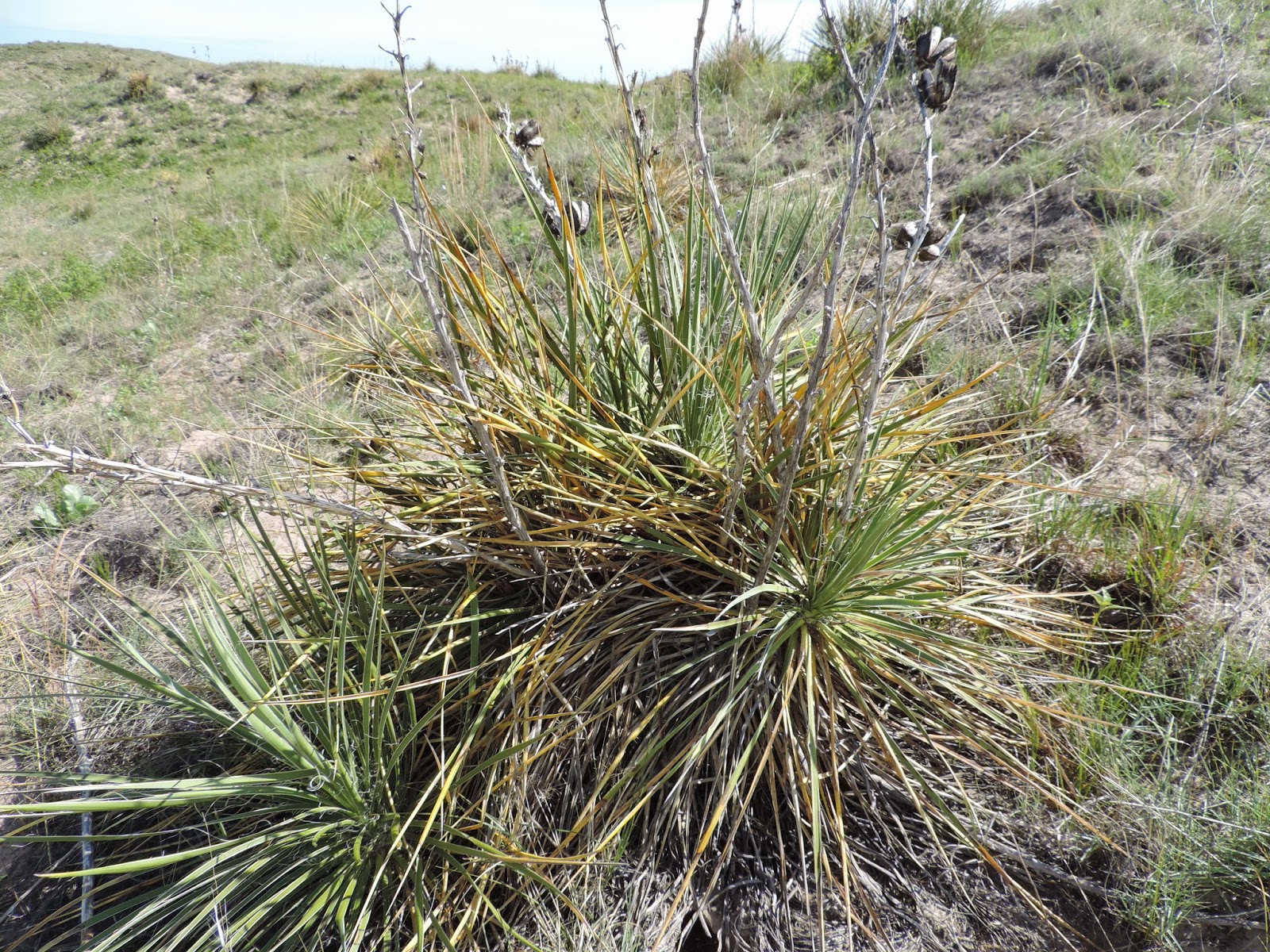Most scientists don't get into the business of their occupation to explore philosophies, even though they might obtain a PhD, or Doctor of Philosophy. The philosophy part sneaks up on you as life goes along. And, lately I've decided it may be even more important than the 'other stuff' I was grilled on during my graduate exams.
Case in point.....how many PhD scientists does it take to develop management strategies to effectively conserve wildlife and their habitats in the Great Plains? Well, none. Impossible task. Current economic cards are stacked against any efforts to provide meaningful levels of wildlife habitat on farmlands.
And, as we say....who can blame a landowner for trying to make the most of their investment? Dollars in, dollars out. If it pays, it stays.
Especially, it turns out, if that landowner was raised with a traditional Western ethic of what the land means.
Pick your driver of this ethic. Perhaps you choose Genesis 1:26? "Then God said, 'Let Us make man in Our image, according to Our likeness; and let them rule over the fish of the sea and over the birds of the sky and over the cattle and over all the earth, and over every creeping thing that creeps on the earth.'"
Perhaps you might choose the 19th century notion of Manifest Destiny, the idea that America was a chosen nation to expand westward and assert its economic and political influences on the land.
Or, maybe you might choose the Puritan work ethic, the notion that a person should show their Christian ethos through hard work and diligence.
Whatever the driver, it is easy to see how we, as a society, have developed the ethic of the land that we have. And, as much as we might claim to have high interests in stewardship of soils and water, it is pretty clear that economic interests have a tendency to win out in most situations and over the long term. It is because of what is behind it.....our ethic. Our philosophy of how we should use the land.
 |
Entrance to the forests surrounding the
Meiji Jingu shrine in Tokyo. |
I recently spent a refreshing afternoon with a college friend from Tokyo, while I visited Japan. He took me to a Shinto shrine (Meiji Jingu) in the heart of Tokyo. The shrine was surrounded by acres and acres of forest land. As we walked, he explained the reason.
"In the US," he noted, "you build a church without any land around it. That is the sacred spot. Here, we believe that the spirits are found in the trees and the animals, so we leave space for them. We find our gods in these forests. You come here and say, 'where is the building....the church?' I say...look around you. This is what is important....the land."
So, we had a nice conversation about the pressure of development, and how people approach their surroundings. It is a complex topic....certainly, the pressures of a 12 million-person city have taken a toll on the land in and around Tokyo. People all around us were wearing white masks over their faces to protect them from smog allergies. So, it is not as if the Shinto philosophy has an answer to the needs of our expanding human population.
 |
Worshippers bow at the Shinto shrine, facing
nothing but a large open area. |
But, there was a different feel in the air (and I don't think it was the smog...) as we walked through the forest on the way to the shrine. It is hard to explain, but it felt like we were walking through a sacred space....because we were. And the respect for nature by those around me was palpable.
At the shrine, I tossed a coin in a container, bowed twice, clapped my hands loudly twice, and bowed again before offering my prayer. It was a prayer of appreciation for diversity of thought and the challenge before us.
Aldo Leopold, author of The Land Ethic, wrote, "There are those who can live without wild things, and there are those who cannot." He was describing the differences in philosophy and ethic that drive us to different actions. I am convinced, more and more, that the future of our lands is not in the hands of the sciences of ecology or agriculture. Rather, the future lies in our philosophies. And, on a sunny day in Tokyo, I was even more confident in my opinion.






